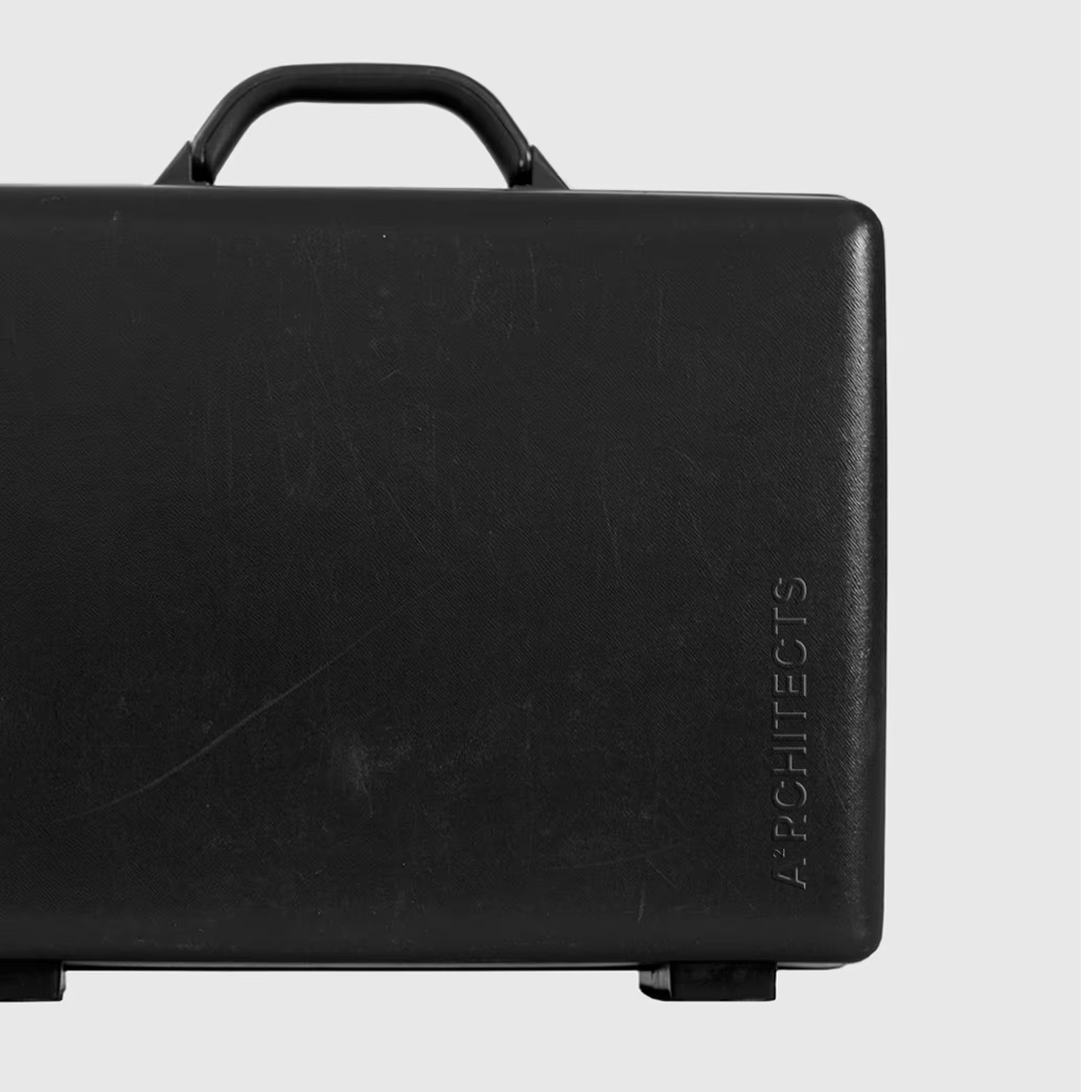The most successful brands you encounter daily share one overlooked trait: they solve real problems first, then make it beautiful.
The most memorable brands emerge when function-first design becomes the foundation for everything that follows.
A lot of founders fall into the same trap. They obsess over color palettes and typography while their brand messaging remains unclear.
They perfect their Instagram grid while their customer experience feels disjointed. The brands that break through this noise understand something fundamental: form follows function isn't just an architectural principle, it's the secret to building brands that endure.
The Quiet Revolution in Brand Strategy
Something interesting happened in branding over the past few years. The brands gaining real traction aren't the ones with the boldest fonts or the most Instagram-worthy aesthetics. They're the ones that figured out their core function first.
Consider how stakeholder-centric branding has shifted the conversation entirely. Purpose-driven brands integrate their function into core business practices by embracing a stakeholder-centric mindset that recognizes everyone affected by their actions. This isn't marketing speak; it's a fundamental shift in how brands operate.
The principle itself traces back to late 19th-century architecture and industrial design, where the appearance and structure of a building or object should primarily relate to its intended function or purpose. But here's what most people miss: this concept has never been more relevant to brand building than it is today.
What This Means for Your Brand
When you apply form follows function to branding, you're essentially asking: "What does this brand need to do before we decide how it should look?"
This approach forces you to confront some uncomfortable questions. What problem are you actually solving? Who are you solving it for? How does every brand touchpoint serve that core function?
We’ve seen this play out many times with our clients. The skincare founder who spent months perfecting packaging design before defining their brand's unique value proposition. The interior design studio that redesigned their logo four times but couldn't articulate what made their approach different.
The same kind of challenge comes up with digital forms. In online environments, visuals can look identical on the screen but be built from very different file formats. That choice directly affects how the design works in practice.
The Psychology Behind Function-First Branding
Here's where it gets interesting. Cohesive design systems help teams achieve their objectives 34% faster, according to Figma data analysts. This efficiency gain highlights the importance of implementing a structured design approach that leads to faster turnaround times and higher productivity.
But the real magic happens in how audiences respond to brands that prioritize function. When every element serves a clear purpose, people intuitively understand what you're about. There's no cognitive load required to decode your brand; it just makes sense.
When we think about the brands we trust most, they usually don’t have the flashiest websites or the trendiest typography. What they do have is clarity. Every interaction feels considered, and every design choice supports their core purpose.
This creates what we call "effortless recognition." When form truly follows function, your brand becomes unmistakable because of how consistently it delivers on its promise.
Building Your Function-First Brand Framework
For us, the process starts with honesty about what a brand actually does. Not what it hopes to do one day, not the version that sounds good at a networking event, but what it truly delivers for people right now. And if it’s a new brand, that should also reflect your vision for what you want to build.
From there, you can begin making design decisions that serve that function. Your color palette should reinforce your brand's personality.
Your typography should enhance readability and brand recognition. Your imagery should communicate your values without requiring explanation.
Adaptability in branding is just as important. Effective design today prioritizes clarity and accessibility, using visual systems that work across different contexts. A strong identity feels consistent and recognizable, even as it flexes to fit new platforms, formats, or touchpoints.
The key is building systems that scale. When your design decisions flow from your brand's core function, they remain consistent across every application. Your website feels cohesive with your packaging.
Your email design aligns with your social media presence. Everything reinforces everything else.
The Long-Term Impact
Brands built on function-first principles tend to age better. They adapt to new platforms and technologies more easily because their core design logic remains sound.
They weather trend cycles because their aesthetic choices aren't arbitrary; they're tied to something deeper.
We’ve noticed that when owners get clear about their brand’s role, their decisions get sharper too. It becomes easier to turn down opportunities that don’t fit and to focus on the ones that move the business forward.
You waste less time and energy on initiatives that look good on paper but don't serve your core purpose.
"The idea is that a designer first needs to ask the question, 'How does a certain thing need to function?' or 'What does the end user need that thing to do?' before setting out to design it," explains Princeton Creative Communications.
This mindset shift affects everything from product development to customer service. When function drives form, every decision becomes an opportunity to reinforce what your brand stands for.
Moving Forward with Purpose
The strongest brands speak with quiet confidence. They convey clarity through their function and form working seamlessly together. When you're building a brand right now, resist the urge to start with aesthetics. Define your function first. Understand what you're trying to accomplish and for whom. Then let your design decisions flow from that understanding.
The result won't be bland or uninspired. It will be authentic, purposeful, and unmistakably yours. In a world of digital noise, that clarity becomes your competitive advantage.
Your brand's voice is more than words; it's how you make people feel. When form follows function, every element works together to create that feeling consistently, building trust and recognition over time.
Ready to build a brand that works as beautifully as it looks? Let's talk.














